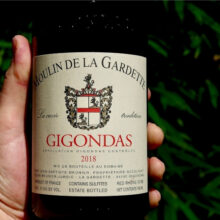
Product information
Moulin de la Gardette ‘Tradition’ 2018
Rhône Blend from Gigondas, Southern Rhône, Rhône Valley, France
$110
Description
Jean-Baptiste Meunier’s Gigondas wines, from the land where Grenache is King, have an intensity and flavour that are distinctly their own. Moulin de la Gardette sits firmly in Gigondas’ 1st Division.
This is very very good. It has presence with sophistication, the core of fruit is superb. Of depth and length. Incredibly silky tannins caress. Bright energetic fruit, strawberries & red fruits, slate, earth baking spice, darkness, anise, pops of bubble gum over rhubarb, a little orange and musk very together with great harmony. Playful and elegant. Wonderful tannins, great texture. Quite enchanting. Red fruits, citrus ripe orange, fine black Chinese tea. Tasted in a lineup of other Gigondas big guns. More a perfumed feminine feel here by comparison. A purity and length that is not present in the others. Poised, youthful and in need of some bottle time yet still with a nice bit of development.
Tasting 3 months later with half a Coravined bottle left this it more settled. Excellent drinking. As it opens it builds energy in the glass.
In stock




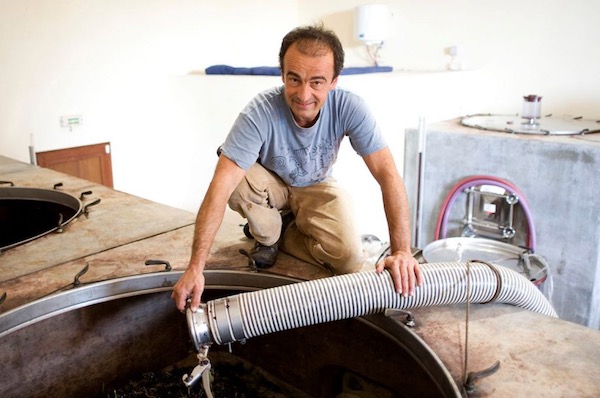


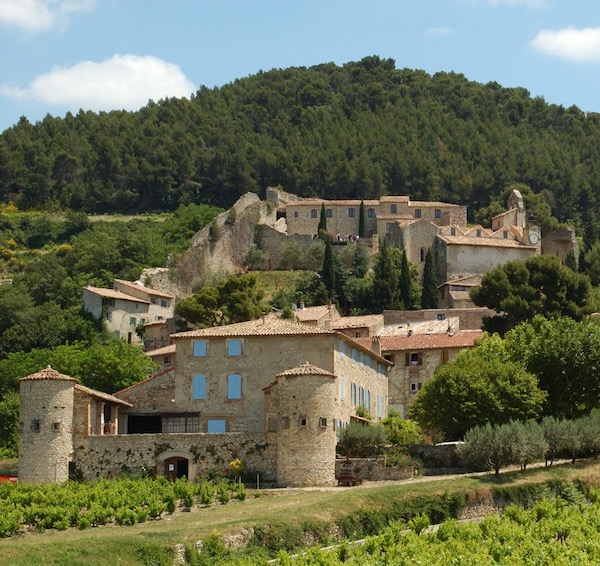





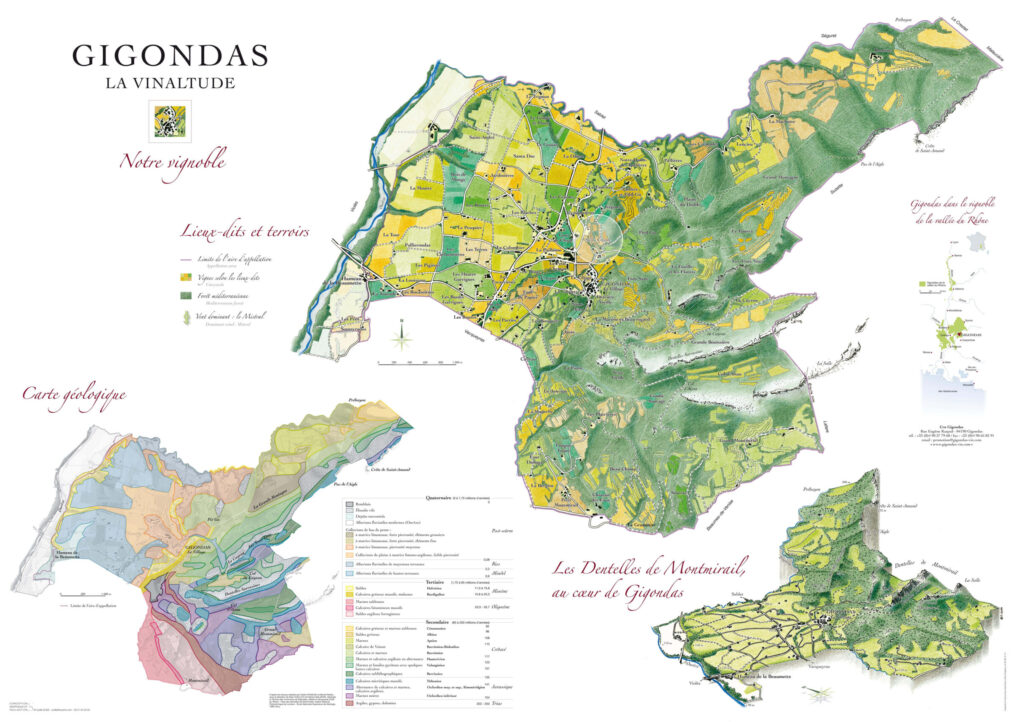
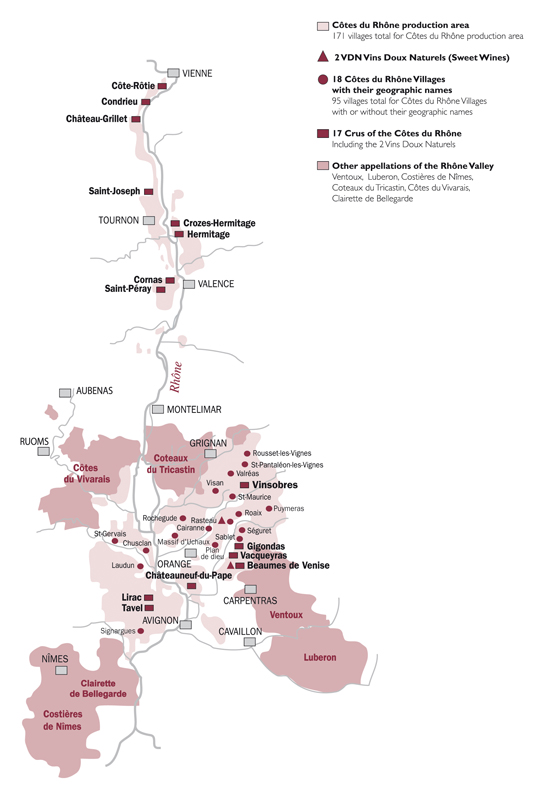
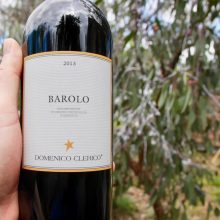
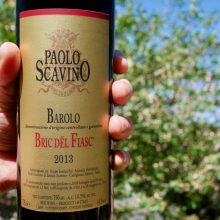

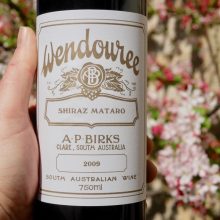
You must be logged in to post a comment.